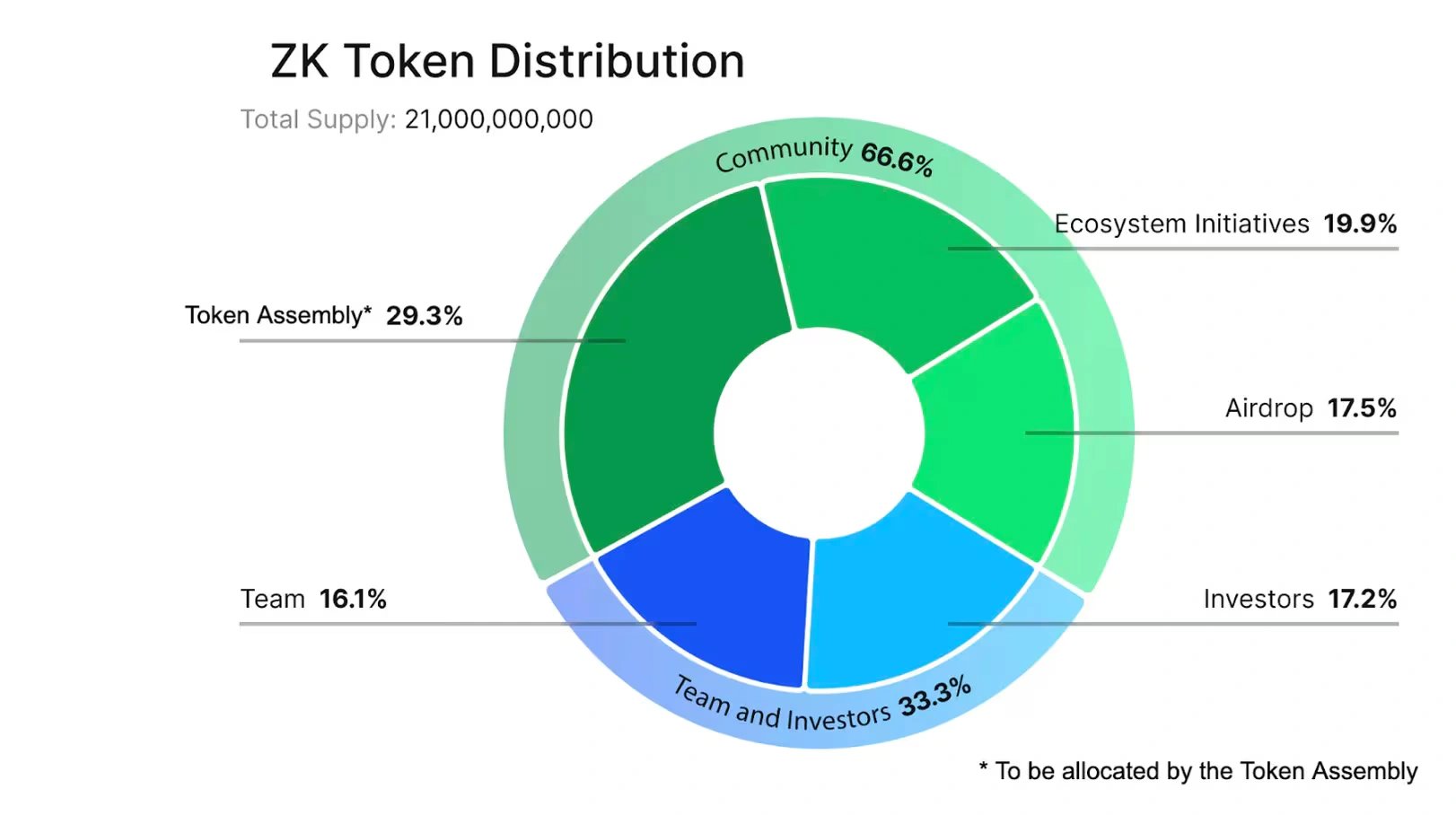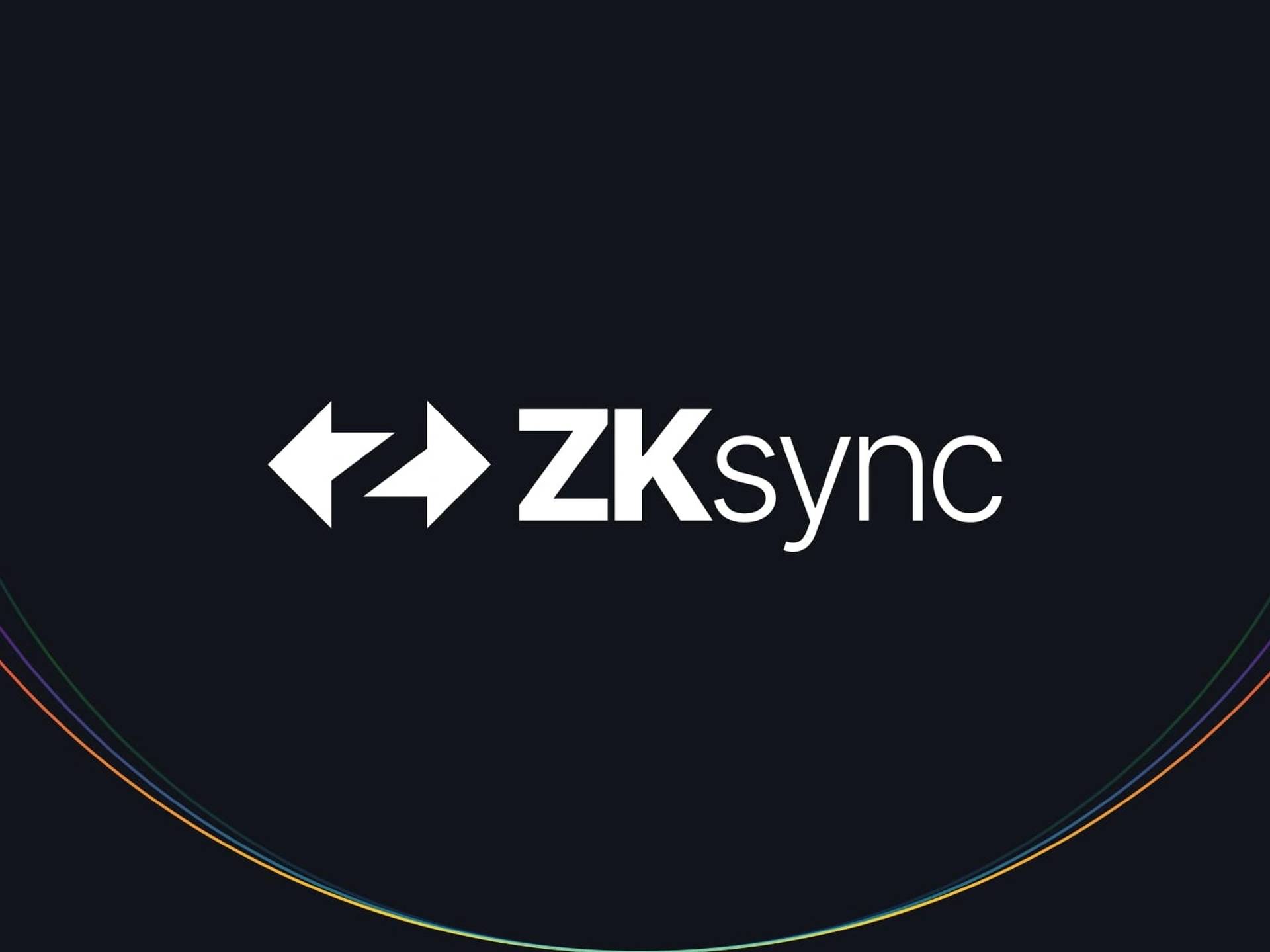Subscribe to wiki
Share wiki
Bookmark
ZKsync
The Agent Tokenization Platform (ATP):Build autonomous agents with the Agent Development Kit (ADK)
ZKsync
ZKsync is a trustless Layer 2 protocol for scalable low-cost payments on Ethereum, powered by zero-knowledge rollup (zk Rollup) technology. It is a user-centric zk rollup platform from Matter Labs. [1][2][3]
Overview
ZKsync's key features and products include:
- ZKsync Era: A trustless protocol that uses cryptographic validity proofs to provide scalable and low-cost transactions on Ethereum. It supports EVM-compatible smart contracts, instant transaction confirmations, and low fees.
- SDKs: ZKsync provides SDKs in various programming languages to help developers build dApps on the ZKsync network. These SDKs streamline the development process by providing tools for integration with ZKsync's features.
- ZKsync Node: This component allows users to run a read-replica of the main node, enabling local verification of the ZKsync mainnet/testnet state. It provides an API for interacting with the recreated state in a trustless manner.
- ZK Stack and zkEVM: ZKsync stack includes zkEVM, which maintains full compatibility with Ethereum, allowing for integration and interaction with the Ethereum ecosystem. This enables the launch of zero-knowledge rollups. [3]
History
Zero-knowledge Rollups were created by Germany-based Matter Labs in 2020 to improve Ethereum scaling. Matter Labs began work on the project in 2019 until they finally released the first version of ZKsync called ZKsync 1.0 in 2020. [4]
ZKsync 1.0
The history of ZKsync began with ZKsync 1.0 in 2020. This Ethereum scaling technology could conduct up to 3000 transactions per second (TPS). However, the need for more throughput as the network grew wider led to a new version: ZKsync 2 0. [4]
ZKsync 2.0
Matter Labs launched a zkEVM testnet, making ZKsync the first zk-Rollup to execute Ethereum native smart contracts. ZKsync version 2.0, with its alpha version zkEVM infrastructure, represents a significant improvement over its previous version, ZKsync 1.0. [4]
zk-Porter was created to enhance the efficiency of Ethereum transactions. zk-Porter is a sharding solution aimed at increasing throughput. With zkPorter, Ethereum scaling could potentially increase from 3000 TPS to 20,000 TPS. [4]
ZKsync 3.0 (Elastic Chain)
In June 2024, Matter Labs introduced a new roadmap called ZKsync 3.0, aimed at making the ecosystem more interconnected – including a new "Elastic Chain" that resembles rival Polygon's AggLayer, released in early 2024. [10]
At the core of ZKsync "3.0" is the v24 upgrade, released June 7, 2024, turning “ZKsync from a single ZK chain into an Elastic Chain,” the Matter Labs team wrote in a blog post shared with CoinDesk. This Elastic Chain is composed of multiple chains in the ZKsync ecosystem, but users will feel like they are using a single chain, according to the team. [10]
“The Elastic Chain is an infinitely extensible network of ZK chains (rollups, validiums and volitions), secured by math and seamlessly interoperable under uniform intuitive UX,” Matter Labs wrote.[10]
The new Elastic Chain will be composed of three core components, according to Matter Labs.
The first component consists of the “Native Token Vault” and “Shared Router,” which is at the core of the network.
“Implemented as a series of smart contracts on Ethereum, these components are responsible for managing the state of the network, handling chain registrations,” the team wrote.
The second component is their ZK Gateway, which is a piece of middleware that connects the Ethereum blockchain to ZKsync’s ZK chains and allows for interoperability between the different chains in the ZK sync ecosystem.
“Together, these core components ensure that ZK chains can interact and transact with each other efficiently, inheriting the security of Ethereum, and forming a network that can scale horizontally without compromising the core properties that make public blockchains so powerful,” Matter Labs wrote.[10]
Technology
Rollups in ZKsync
ZKsync uses zk-rollups that process Ethereum transactions in batches and they are verified by using zero knowledge proofs. To verify a transaction, Ethereum network only needs to check the proof validity for an entire batch of transactions rather than going through all transactions within the batch. The biggest advantage of using zk-proofs is that batching transactions and generating proofs does not require huge computational power. While opting for zk-proofs, ZKsync used zk-SNARK as a proof-generation method. [5]
ZKsync Token (ZK)
The ZKsync token (ZK) was officially launched on exchanges on June 17, 2024. ZKsync's token distribution program, set to run from June 17 to January 3, 2025, aims to distribute 3.675 billion ZK tokens to eligible users. As of 17th, June 2024, 45% of the tokens have already been claimed. [6][7]
The ZKsync Association, a non-profit created and launched last week by the development firm behind ZKsync, Matter Labs, is responsible for the airdrop claims.
Matter Labs team had earlier shared with CoinDesk how the ZKsync Association planned to distribute the tokens; 89% of the airdrop can be claimed by ZKsync users, which includes anyone that transacted on the ZKsync blockchain and met an unspecified threshold of activity. The remaining tokens go to ecosystem contributors including ZKsync native projects (5.8%), on-chain communities (2.8%), and builders (2.4%).
Matter Labs also shared that employees will get 16.1% of ZK tokens, and investors 17.2%, which will be locked for a year and released over three years. The rest of the token supply will be split and go to ZKsync Token Assembly (29.3%), which will use it for new governance purposes, and the rest to Ecosystem Initiatives (19.9%). [8]

Controversy over Sybil Attack Measures
ZKsync faced some backlash from crypto industry watchers for a claimed lack of anti-Sybil (Sybil attacks occur when one entity creates and uses a large number of wallets to farm an airdrop) measures and unfair distribution for the airdrop of zkSync (ZK). However, ZKsync stated it had used “explicit” Sybil detection in addition to a “unique airdrop design” to ensure the highest number of organic users were rewarded, but it also noted that this has led to some Sybil wallets being let through. [9]
It explained some Sybils can employ sophisticated algorithmic strategies that are indistinguishable from real people.
“They fund accounts from many distinct exchange addresses, never interact with each other, use randomized amounts, and use software to randomize daily patterns of human behavior, and even perform activities unique to the project (for example, using ZKsync paymasters),” [9]
ZKsync claimed that being too aggressive with filtering could eliminate some Sybils but also might falsely flag many organic users, so it chose to reward organic users with “high likelihood” by using a combination of value scaling and multipliers. [9]
See something wrong?
The Agent Tokenization Platform (ATP):Build autonomous agents with the Agent Development Kit (ADK)
